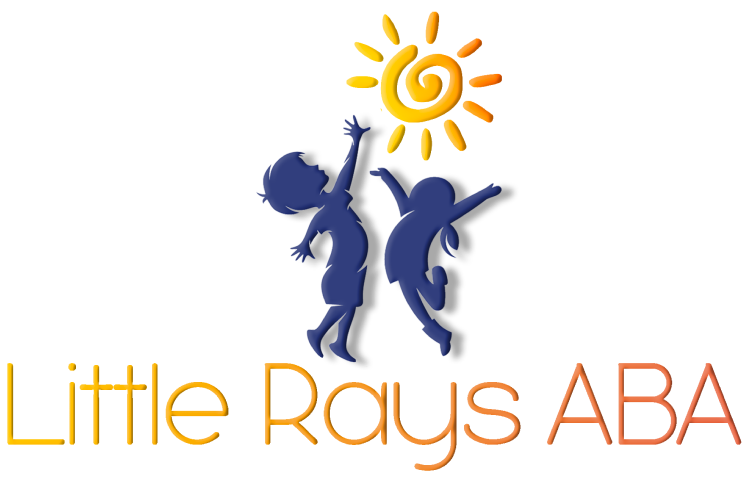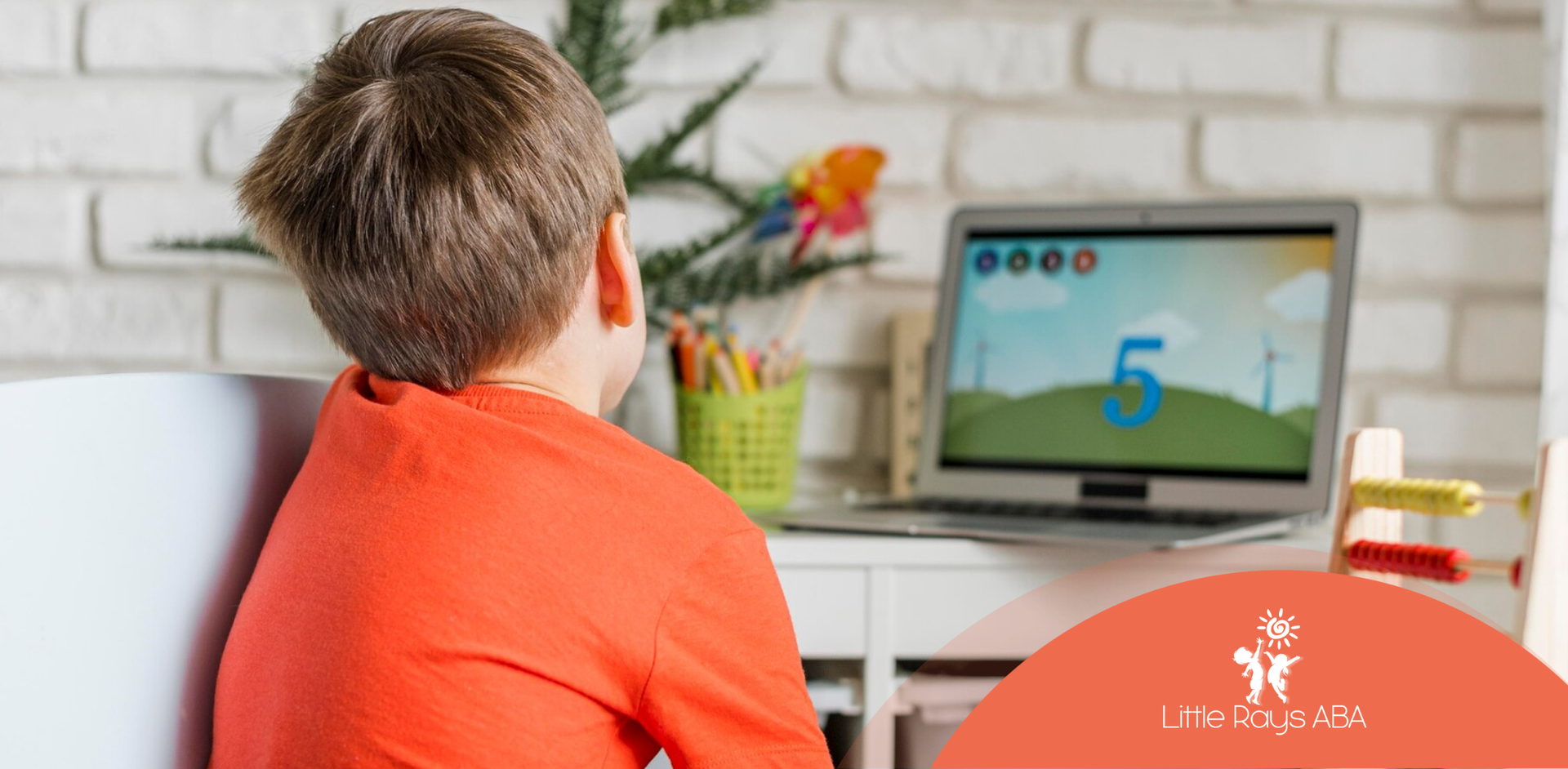Every child develops at their own pace, but when delays in communication, social skills, or behavior persist, parents often wonder if additional support is needed. ABA therapy is a widely recognized approach that helps children develop essential life skills. Understanding whether your child may benefit from ABA therapy can be a game-changer in their development.
I remember a mother who came to us feeling lost. Her son had frequent meltdowns, struggled with communication, and didn’t respond to his name. After starting ABA therapy, she saw improvements in his ability to express himself and follow routines. She told me, "I finally feel like I understand my child."
Key Signs Indicating ABA Therapy May Benefit Your Child
Recognizing the signs that your child might benefit from ABA therapy is often the first step in their journey toward reaching their full potential. While every child develops at their own pace, certain indicators suggest that professional intervention may be beneficial.
1: Persistent Communication Challenges
Communication is fundamental to human connection, and children with ASD often face unique challenges in this area. If your child struggles to communicate effectively, it can lead to frustration, social isolation, and difficulty expressing their needs and emotions. These communication challenges can manifest in various ways, impacting both their verbal and nonverbal communication skills.
Some children with ASD may be nonverbal, meaning they do not use spoken language to communicate. Others might have limited verbal communication, speaking only in single words or short phrases. They may also struggle with understanding and using nonverbal cues, such as gestures, facial expressions, and tone of voice.
These difficulties can hinder their ability to interact with others effectively and navigate social situations. Recognizing these signs is essential for seeking early intervention through ABA therapy.
2: Social Interaction Difficulties
Building relationships and engaging in meaningful social interaction is a natural part of human development. However, children with ASD may find these interactions challenging. They might exhibit difficulties understanding social cues, initiating or responding to social interactions, and engaging in reciprocal conversations.
Observing your child's social interactions can reveal telltale signs that ABA therapy might be beneficial. For instance, does your child struggle to make eye contact? Do they have difficulty understanding jokes or sarcasm? Do they find it challenging to make and keep friends?
If these scenarios sound familiar, your child might benefit from the structured social skills training provided through ABA therapy.
3: Repetitive Behaviors or Fixations
Repetitive behaviors, often referred to as "stimming," are frequently observed in children on the autism spectrum. While some degree of repetitive behavior is developmentally typical, excessive or interfering repetitive behaviors can signal a need for intervention.
Behavior analysis, a core component of ABA therapy, carefully examines these repetitive behaviors to understand their function and develop strategies for reduction. These behaviors can range from hand-flapping and spinning to lining up toys or repeating phrases.
If your child's repetitive behaviors interfere with their daily life, learning, or social interactions, ABA therapy may provide the necessary tools and strategies to address these challenges effectively.
4: Limited Adaptive Skills
Adaptive skills, or life skills, are essential for independence and navigating everyday tasks. Children with ASD might face difficulties mastering these crucial skills, impacting their ability to perform daily routines effectively.
These skills include various areas, such as dressing, grooming, eating, toileting, and managing personal hygiene. Difficulties in these areas can stem from challenges with motor skills, sensory sensitivities, or understanding sequential steps.
ABA therapy offers structured support in developing these vital life skills, helping children with ASD gain greater independence and participate more fully in their daily lives.
5: Emotional Regulation Issues
Emotional regulation, a fundamental aspect of emotional intelligence, can be particularly challenging for children with ASD. They may have difficulty recognizing, understanding, and managing their emotions. This can lead to challenging behaviors such as meltdowns, tantrums, or withdrawal.
ABA therapy equips children with ASD with essential coping strategies and techniques to regulate their emotions effectively. By teaching them how to identify their emotions, understand the triggers, and develop healthy coping mechanisms, ABA therapy empowers them to navigate emotional challenges with greater resilience.
Learning these self-regulation skills can significantly improve a child’s ability to engage in social interactions, manage frustration, and handle transitions more smoothly.
6: Difficulty Following Instructions
Following instructions is crucial for learning, social interactions, and daily life. Children with ASD may struggle with this essential skill due to various factors, including difficulty understanding language, processing information, or managing sensory input. They may need help understanding the instructions, recalling the steps, or staying focused on the task.
ABA therapy can effectively address these challenges by breaking down instructions into smaller, more manageable steps. Therapists use visual aids, gestures, and positive reinforcement to help children with ASD understand and follow instructions successfully.
As the child progresses, the therapists gradually increase the complexity of the instructions, ultimately promoting greater independence and the ability to navigate their environment more confidently.
7: Sensory Sensitivities
Sensory sensitivities are a hallmark characteristic of the autism spectrum. Children with ASD may have unique ways of processing sensory information, making them either over-responsive or under-responsive to various sensory stimuli.
Behavior analysis, an integral part of ABA therapy, helps to identify the specific sensory sensitivities affecting a child. These sensitivities can manifest as extreme reactions to sounds, textures, lights, or smells. For example, a child might be bothered by the hum of a fluorescent light or refuse to wear certain clothing due to its texture.
ABA therapists work to develop strategies to help children with ASD manage their sensory sensitivities. This might involve creating sensory-friendly environments, introducing sensory integration techniques, or gradually desensitizing the child to specific stimuli.
8: Challenging Behaviors
While every child may exhibit challenging behaviors from time to time, children with ASD may display them more frequently or intensely. These behaviors, often a way of communicating unmet needs or sensory overload, can include tantrums, aggression, self-injury, or property destruction.
ABA techniques are particularly effective in addressing these challenging behaviors. By identifying the triggers and functions of the behavior, ABA therapists can develop strategies to reduce their occurrence and teach more appropriate replacement behaviors.
Positive reinforcement, a core principle of ABA therapy, plays a vital role in shaping positive behavior. By rewarding desired behaviors, ABA therapy helps children with ASD understand the connection between their actions and positive outcomes.
9: Inconsistent Progress in Skills Development
Every child progresses at their own pace; however, children with ASD may experience uneven development across various skill areas. While they may excel in certain areas, such as visual-spatial skills or rote memorization, they may lag in others, like language or social interaction.
ABA therapy focuses on identifying these developmental gaps and creating an individualized treatment plan to address them. Progress tracking is a cornerstone of ABA therapy, allowing therapists to monitor the child’s progress closely and make adjustments to the treatment plan as needed.
This data-driven approach ensures that each child receives the support they need to progress in their unique areas of strengths and challenges.
10: Parental Concerns and Observations
Parents are uniquely positioned to observe and understand their children's needs. Your concerns and insights are invaluable in determining whether your child may benefit from ABA services. Trust your instincts – if you notice persistent challenges or delays in your child's development, don't hesitate to seek professional guidance.
ABA therapists value parental input and collaboration throughout the therapy process. Your observations and involvement in your child's treatment plan are crucial for maximizing its effectiveness.
Remember that early intervention is key to achieving positive outcomes with ABA therapy. If you have concerns, reach out to a qualified behavior analyst or ABA provider. They can provide an accurate assessment and recommend the best course of action to support your child's development.
Conclusion
In conclusion, recognizing the signs that your child may benefit from ABA therapy is crucial for their development and well-being. From communication challenges to social interaction difficulties and sensory sensitivities, early intervention through ABA therapy can make a significant difference in their progress.
If you resonate with any of these signs, seeking professional help and guidance can pave the way for a brighter future for your child. Remember, every child is unique, and tailored support can empower them to thrive.
If you're considering ABA therapy for your child, reach out to Little Rays ABA for personalized assistance and support on this journey towards growth and development.
Frequently Asked Questions
How does ABA therapy address communication challenges?
ABA therapy utilizes various techniques to improve communication challenges in children. By incorporating strategies such as discrete trial training, pivotal response training, and speech therapy exercises, therapists foster language development and help children with ASD express themselves more effectively.
In what ways can ABA therapy improve social interactions?
ABA therapy facilitates improved social interactions by providing structured social skills training. Therapists teach essential social skills like initiating conversations, understanding social cues, and navigating peer relationships, promoting positive social experiences for autistic children.
Can ABA therapy help with managing sensory sensitivities?
Yes, ABA therapy can offer significant support in managing sensory sensitivities. Therapists work with the child to develop coping strategies and adaptive skills to navigate their environment more comfortably. They utilize a personalized approach based on the child’s specific sensory needs.
Sources:
- https://www.autismspeaks.org/applied-behavior-analysis
- https://www.rush.edu/kids/treatments/applied-behavior-analysis-aba-therapy
- https://www.appliedbehavioranalysisedu.org/2021/11/aba-for-non-autistic-children/
- https://pmc.ncbi.nlm.nih.gov/articles/PMC3196209/
- https://medicine.iu.edu/blogs/pediatrics/child-development-choosing-between-aba-therapy-and-school
Unlock Your Child's Potential with Expert ABA Therapy!
At Little Rays ABA, we provide compassionate, evidence-based ABA therapy to help children with autism thrive. Our personalized approach fosters growth in communication, social skills, and independence.
Get In Touch With Us Today to Get Started With ABA Therapy!
Related Posts
MENU
GET IN TOUCH
7117 San Salvador Dr Boca Raton, FL 33433
3200 Collins Ave Miami Beach, FL 33140





